500px Ambassador Julia Wimmerlin has lived and worked all over the world: Ukraine, France, Switzerland, the United Kingdom, the Philippines, Spain, Japan, and currently, Hong Kong. Along the way, she’s collaborated with countless models and created stunning portraits of people who inspire her.
We asked Julia to share some of the wisdom she’s gathered over the years when it comes to approaching and photographing models. She let us in on some of the secrets behind contacting talent, getting the most out of a shoot, and establishing a professional relationship.
“My portfolio is my best business card.”
Julia usually contacts new models through social media channels, like Instagram, Facebook, or Model Mayhem. But it isn’t enough just to reach out with her contact info—she also shows any prospective model the work she’s done in the past, so they know what to expect.
“In addition to a link to my site, I provide a clear explanation of the project I have in mind—even if it’s just a photo test—and some photo references,” Julia explains. “That shows you have a professional attitude and introduces the model to your photographic style. It’s a bit like a job interview—models won’t just take any job. They want jobs that fit their goals and aesthetic.”
Quick tip: Set up professional email accounts and social media pages, and use them to contact new models. It’ll add credibility to your work.
“Sometimes, experience is secondary to a fresh perspective and crazy creative ideas.”
If you haven’t built up a large portfolio to show potential models, reach out to them anyway. The most important thing isn’t necessarily your level of experience; it’s your point of view as an artist.
“The best advice I could give is to search for a model who corresponds to your level of skill and your inspiration,” Julia tells us. “A seasoned model is more likely to agree to work with a young photographer with out-of-box ideas than an intermediate photographer with good studio skills repeating the same beauty shots they’ve already seen and done before.”
“Set a big mirror just in front of the model.”
This trick works well at the beginning of a shoot. “For newbies, the ability to see themselves posing in the mirror helps build confidence,” Julia tells us. “But please don’t leave the mirror there during the shoot because then the model will be unconsciously looking at it the whole time.”
“Make a list of questions and statements that are likely to cause a reaction.”
Authentic emotions result in moving, relatable pictures. Instead of telling your model to smile or frown, say something funny or puzzling.
“When I want to get my models to ‘unfreeze,’ I’ll tell a joke,” Julia says. “If I want a specific expression, I might ask an unexpected question, like, ‘What is 233 multiplied by seven?’ I might even invite them to move around the set. That includes dancing, turning, jumping—anything goes. I’ve taken some of my strongest shots in these moments.”
“Models are not telepaths.”
Communication is key!
“Some of the most common photography mistakes are hiding behind the camera, solving technical and creative puzzles, and leaving the model waiting there with no feedback,” Julia admits. “Put yourself in the model’s shoes. How would you feel being left wondering what’s so wrong with your face that a photographer had to sigh, look intensely into the LCD, and scratch his head? Talk to your models. Direct them. Once you get a good shot, show it to them. It will make the shoot much smoother.”
“During a long shoot, everyone needs a break.”
Before she picks up the camera, Julia establishes a rapport with her model. She’ll usually let them relax, chat, and get to know her while she’s setting up for the shoot. Then when it’s time to pose, she makes sure her models are at ease. “I also try to make sure my models are physically comfortable (unless a shoot is about a very specific uncomfortable pose),” she explains.
When your models are comfortable, physically and mentally, they’ll be able to deliver better results. Also, it’s easier to work on a full stomach. “My number one practical rule is to feed your models,” Julia adds. “By providing a light meal, you give your team the strength they need to continue with the rest of the shoot.”
Quick tip: Even if it’s an unpaid collaboration, it’s a good idea to cover your models’ transportation expenses.
“When I insist on everything being exactly ‘my way,’ I miss the shot.”
The photographer’s job is to guide the ship, but focus too much on control, and the perfect moment will slip from your fingers. The key to working with models is collaboration. You’re part of the same team.
For Julia, a good portrait is all about the eyes. She can direct and pose her subject as much as she wants, but if they aren’t allowed the space and freedom to play and experiment, the eyes won’t come to life. She tells us, “I always have ‘veto’ power in case I feel the idea does not fit the overall concept, but I welcome active participation.”
“You need to discuss beforehand what models are allowed to post.”
Social media has changed the way photographers collaborate with models, so set the boundaries right off the bat. Make it crystal clear what’s okay to share and what isn’t.
“Behind-the-scenes spoilers are a great way for models to keep their followers engaged, but if it reveals too much of your project or a client’s new campaign, it can cost you your next job,” Julia says. “Get the rules straight and make sure you check the models’ social media accounts to ensure they were followed.”
“Character is more important than conventional ‘beauty.’”
The best way to capture a meaningful portrait is to go beyond the surface. Find and capture the details that make your model different from everybody else—not the same.
“Today, you can find well-executed model shots everywhere,” Julia explains. “They have that perfect pretty girl, the perfect lighting, and a perfect retouching job. But at the same time, they can be boring. You just quickly swipe through them and move on.
“With time, I’ve developed a taste for that ‘awkward’ beauty and those ‘imperfect’ faces that are slowly entering the commercial modeling market. I now understand that unique faces are more important than pretty faces.”
“Trust and confidence come from getting good results every time.”
Sometimes, you’ll work with a model on one shoot and call it a day, but some you’ll want to work with them again and again. Nurture those relationships. Stay in touch with your models about their upcoming projects, and let them know what you have on the horizon. Pour your all into every shoot.
“My long-time models range from friends to social media scouts,” Julia tells us. “They are all eager to do any new project I might come up with. In rare cases, I’ve found creative ‘soulmates’ who’ve grown from professional acquaintances to ‘muses’ and friends.”
To see more of 500px Brand Ambassador Julia Wimmerlin’s work, check out her portfolio here.

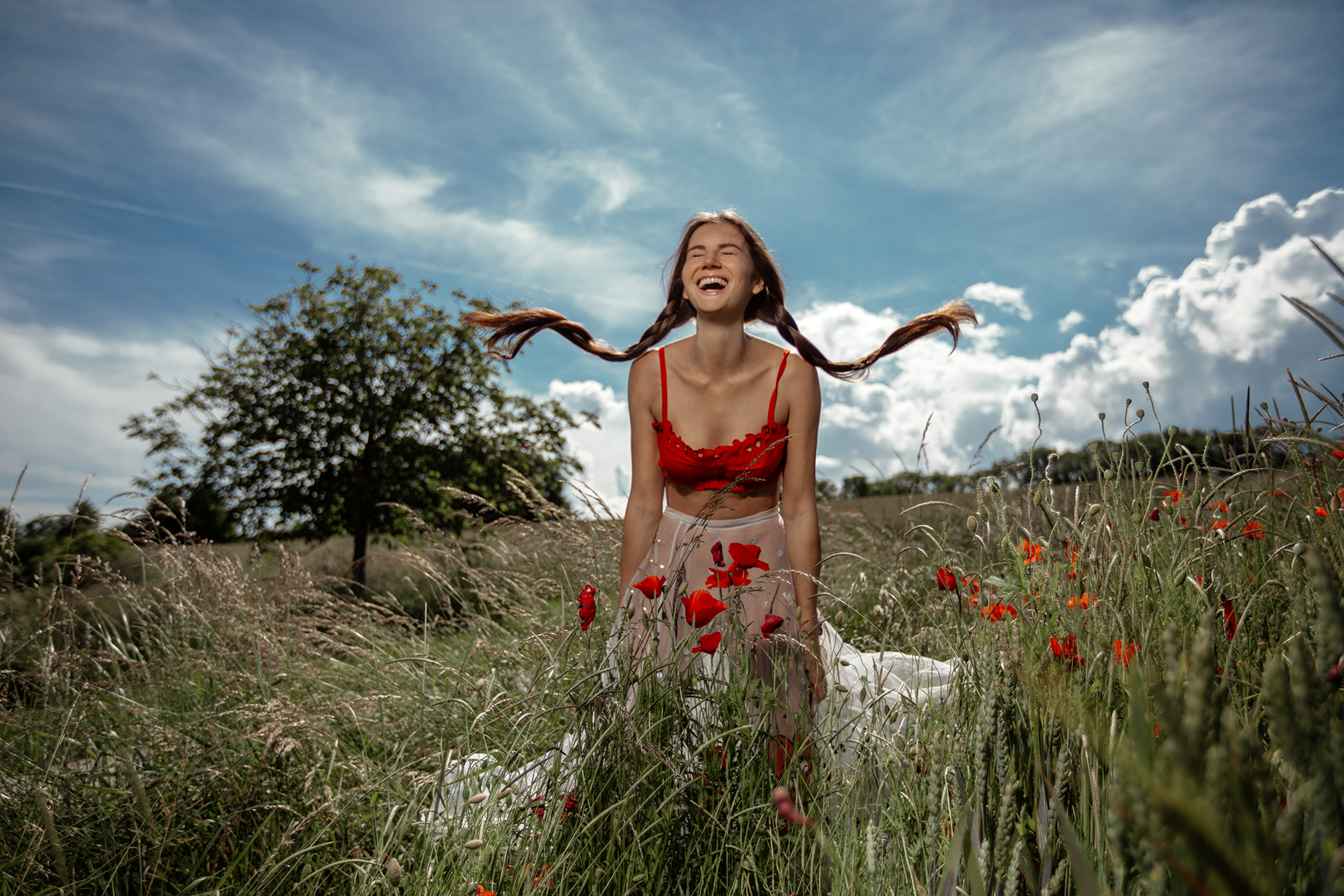
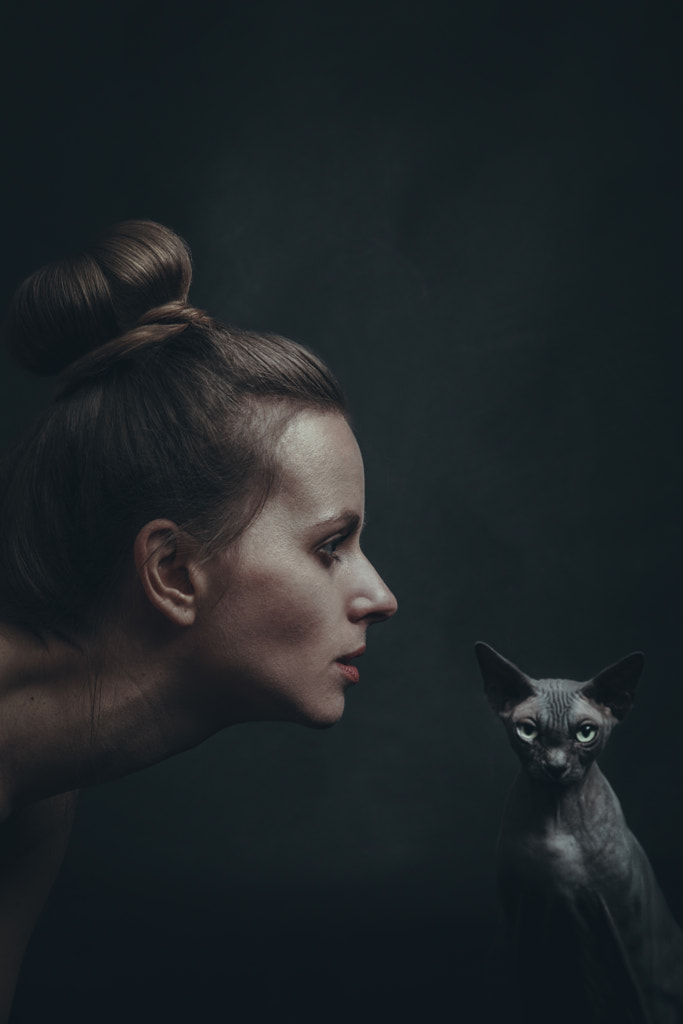
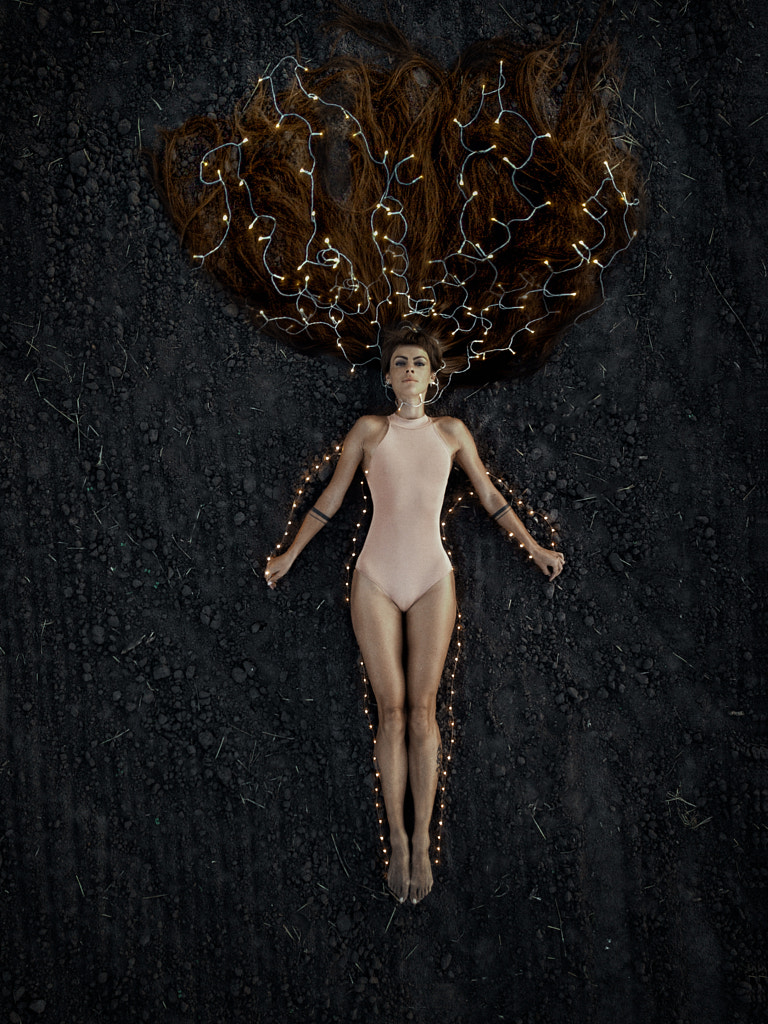

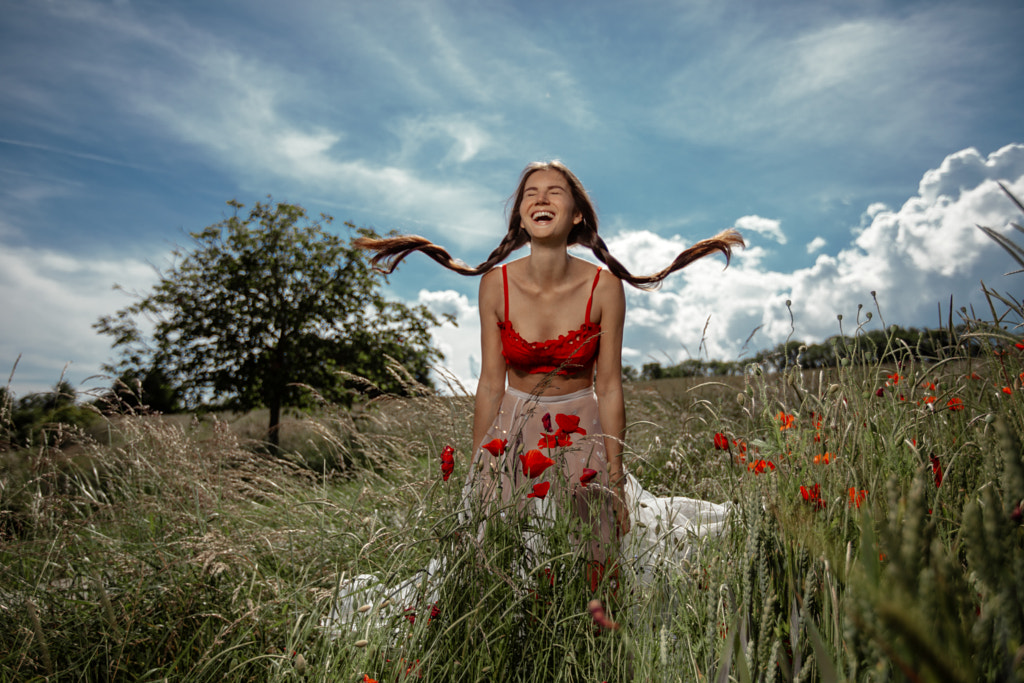
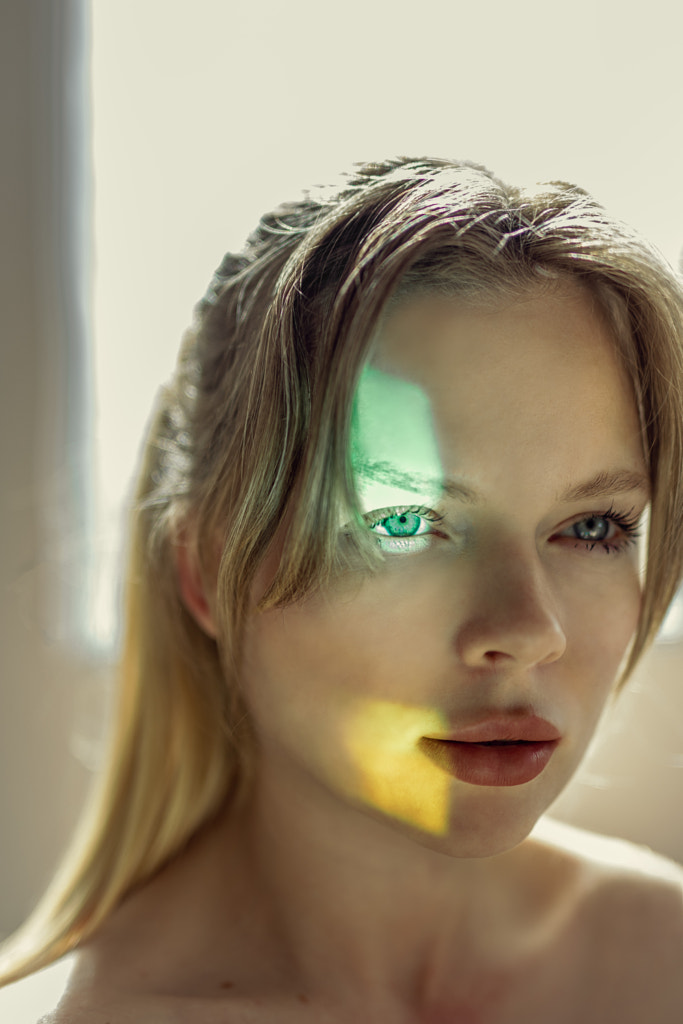
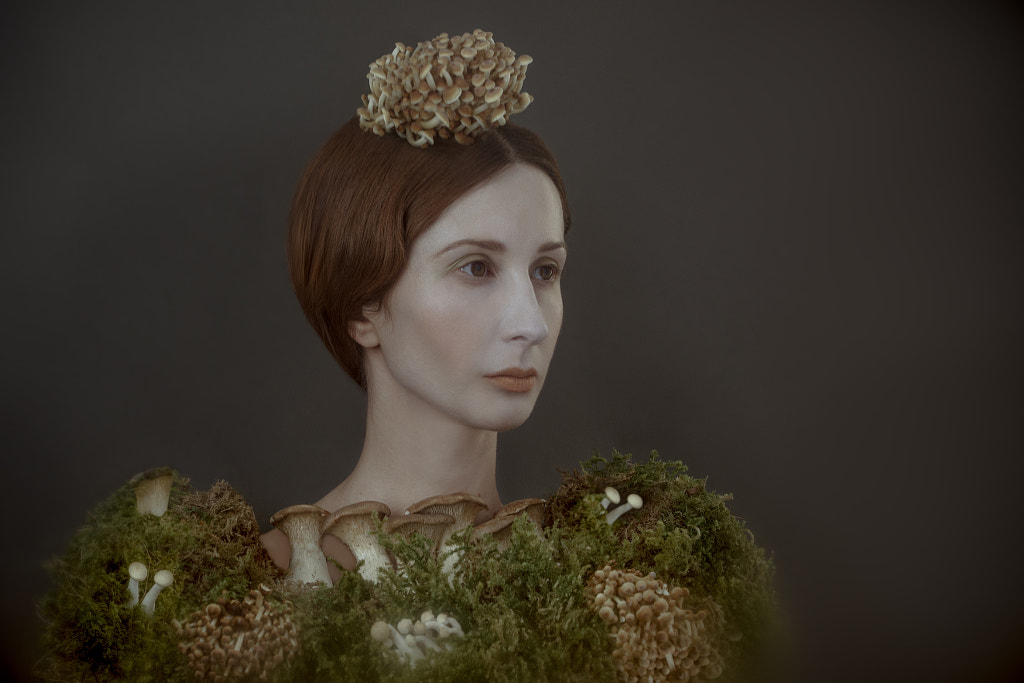
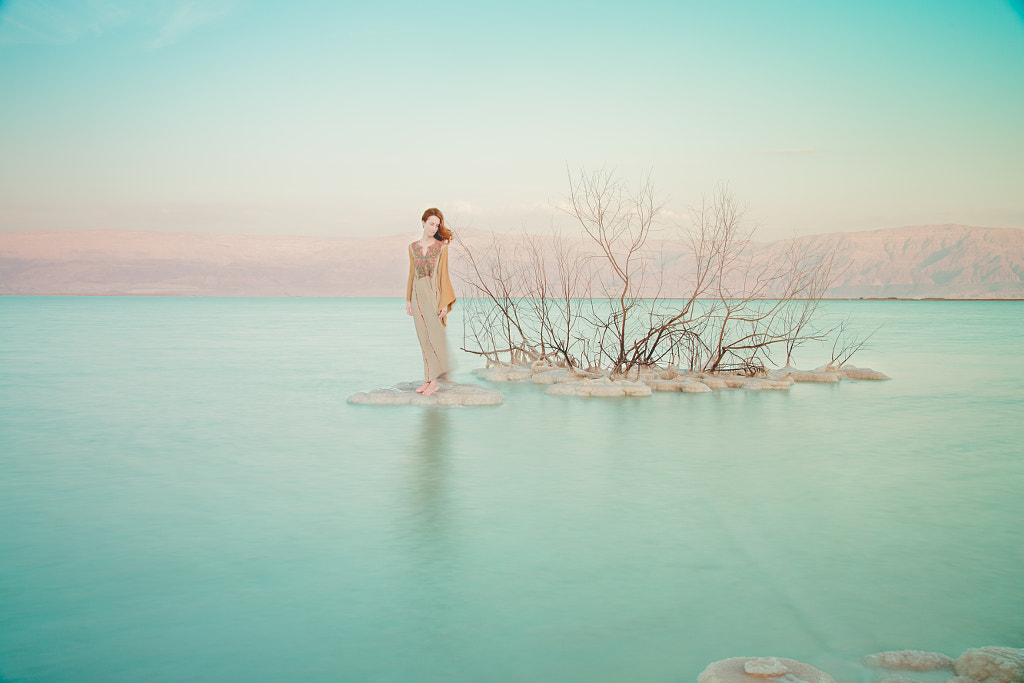
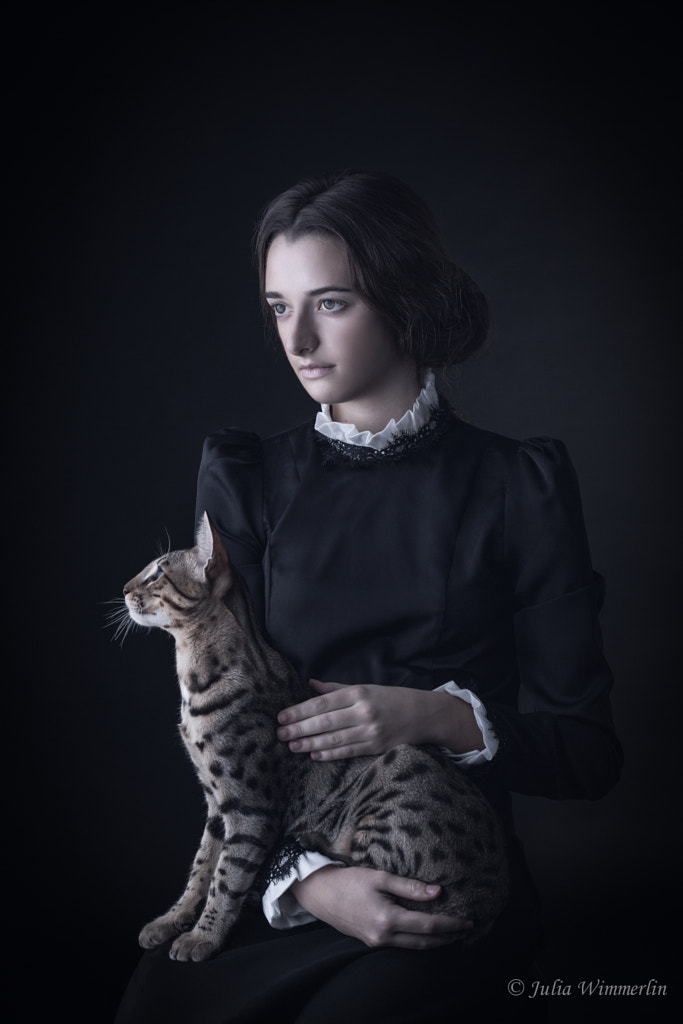

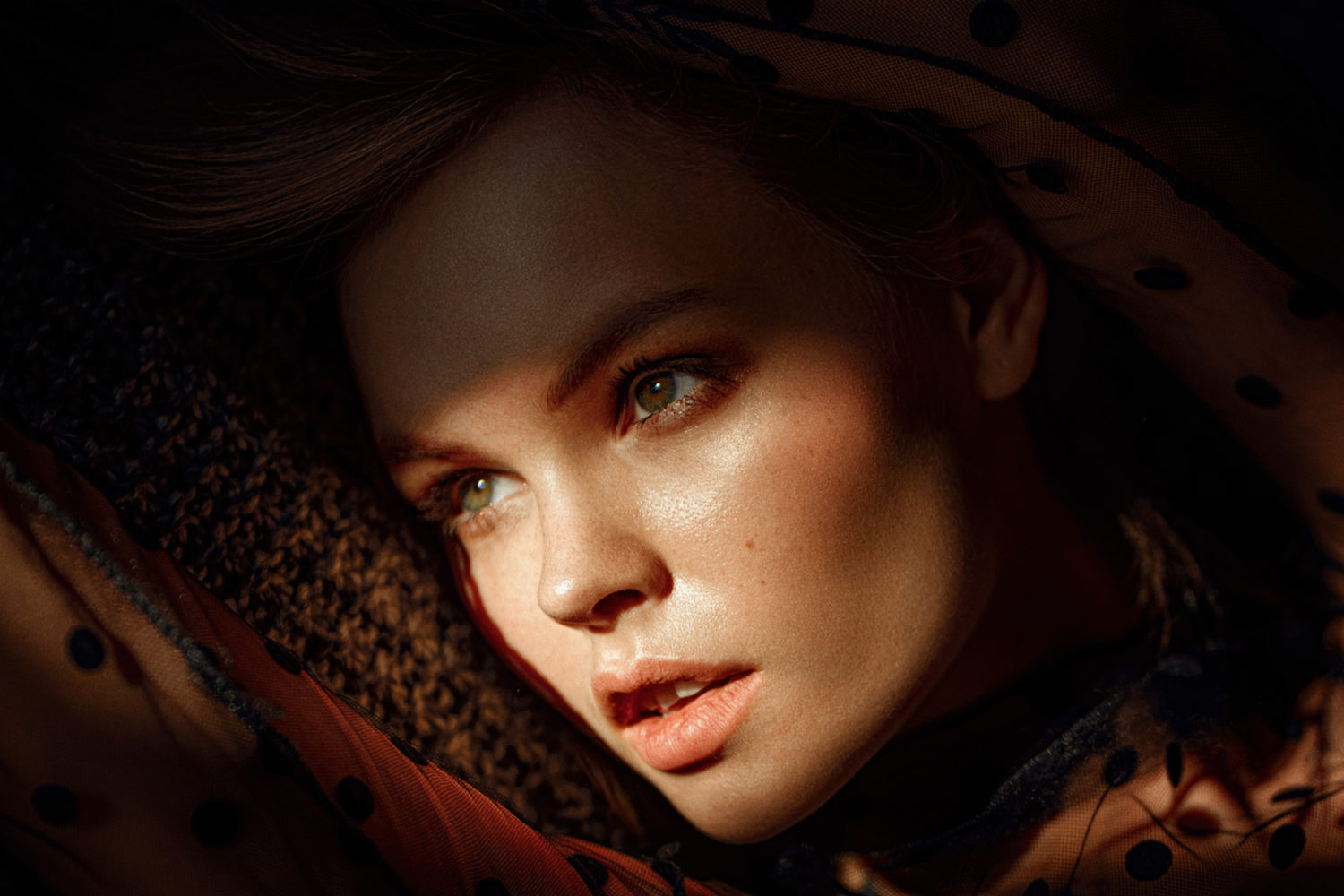
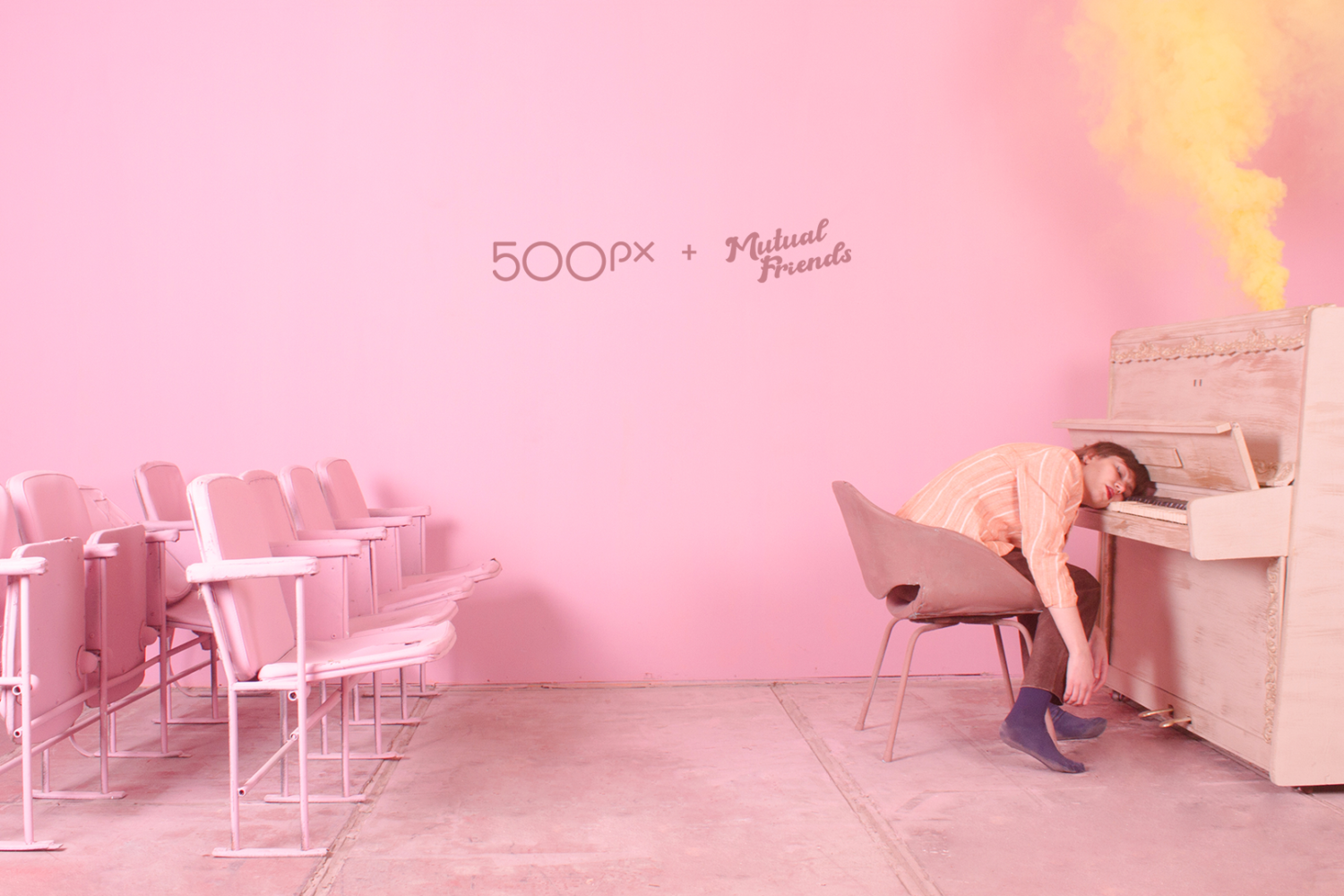
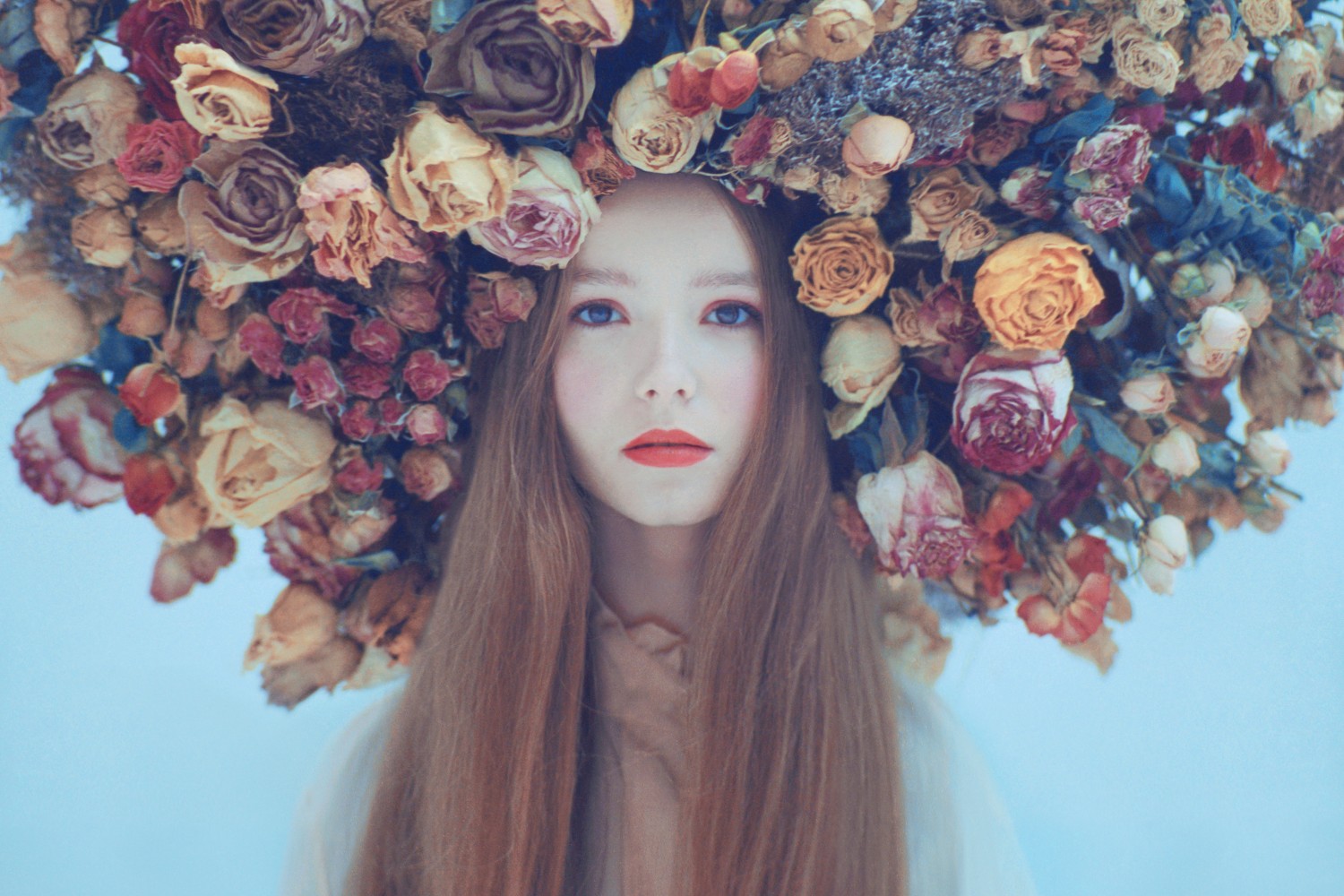

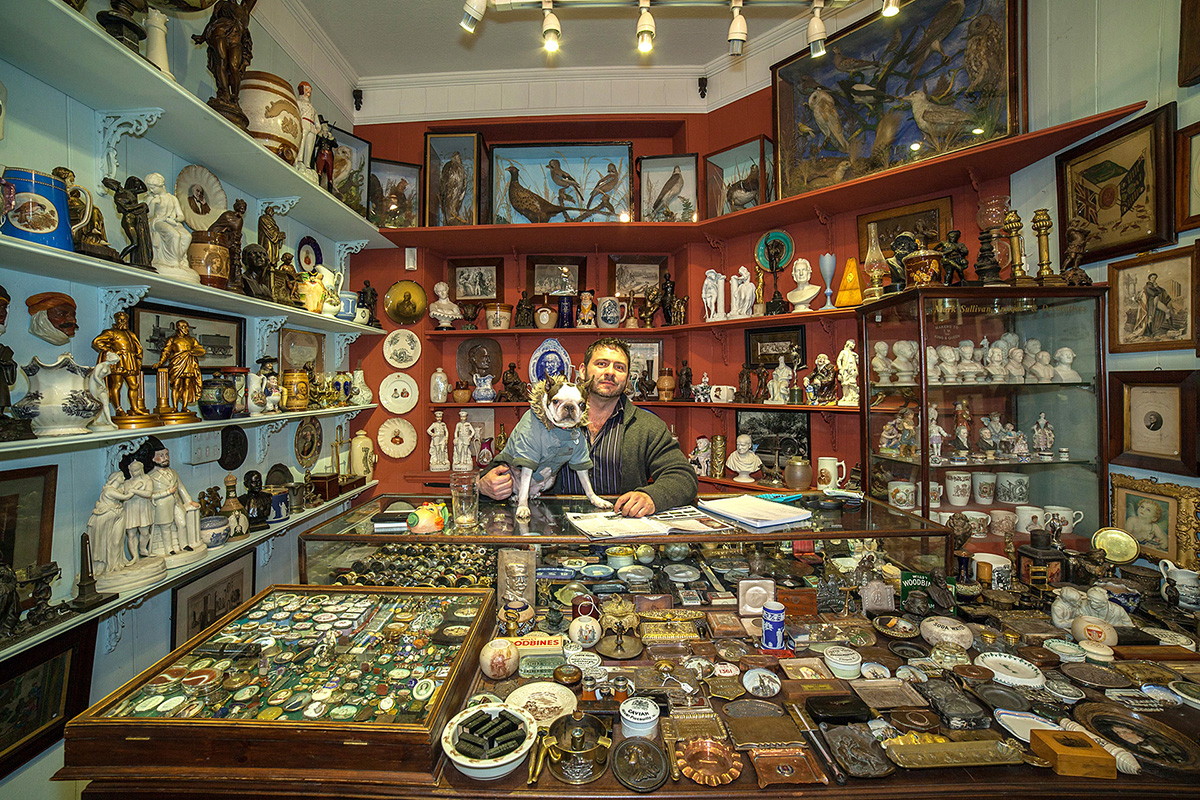
Leave a reply